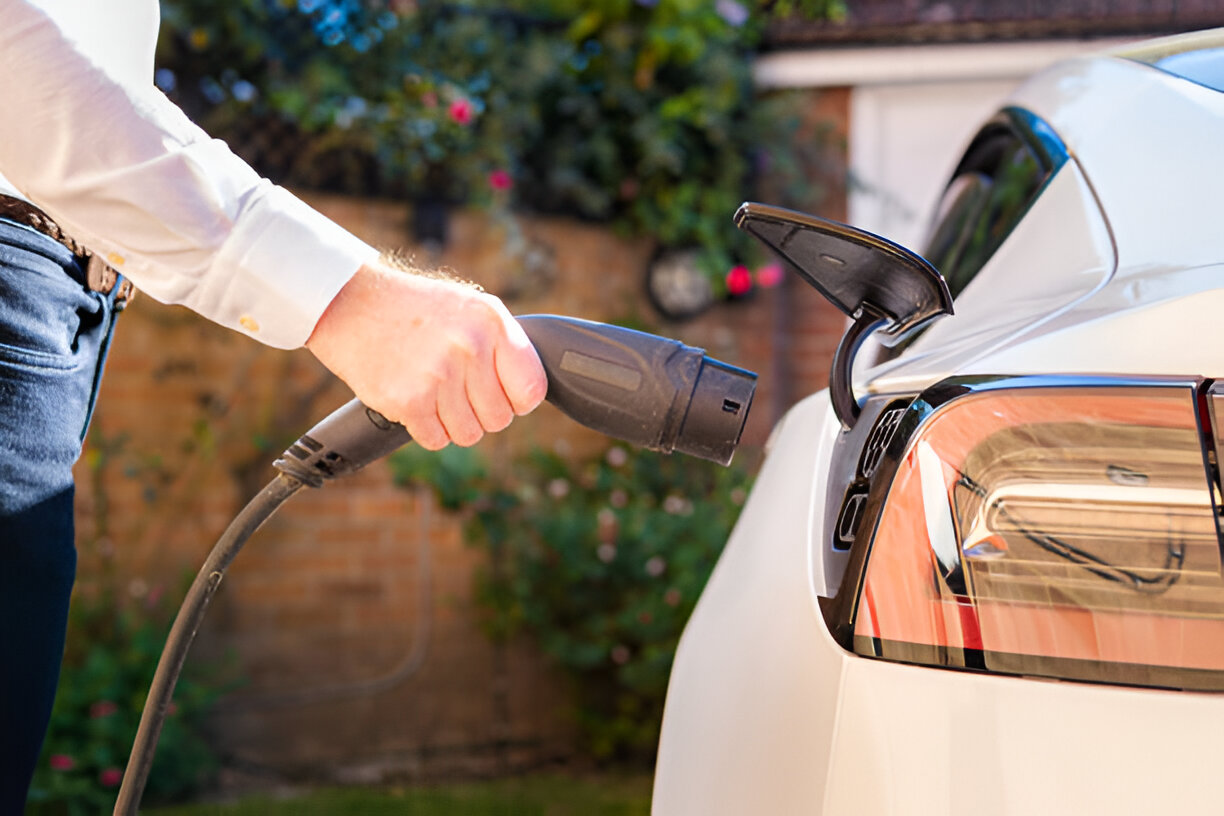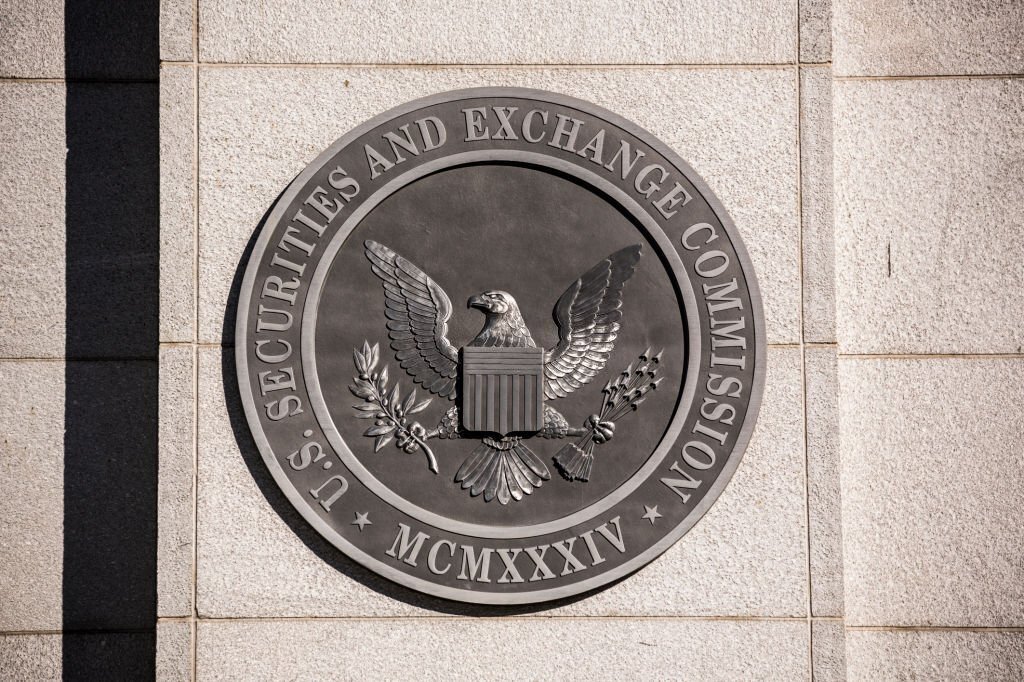The Treasury Department and the IRS released proposed regulations on Sept. 18 regarding the alternative fuel vehicle refueling property credit under Section 30C of the tax code for electrical vehicle charging equipment placed in service in eligible census tracts, which include low-income communities.
After expiring more than two years ago, the Inflation Reduction Act of 2022 brought back the federal EV charger tax credit. The changes in the Biden administration’s signature law apply to EV charging stations and equipment placed in service after Dec. 31, 2022, and before Jan. 1, 2033.
The credit amount for property not subject to depreciation is 30% of the cost of the qualified property placed in service during the tax year. The credit amount for depreciable property is 6% of the cost of the qualified property placed in service during the tax year but may be increased to 30% of the cost of the qualified property if the prevailing wage and apprenticeship requirements are met. The credit is limited to $100,000 for depreciable property and $1,000 for non-depreciable property, according to the IRS.
Property must be placed in service in an eligible census tract to qualify for the credit. An eligible census tract is any population census tract that is a low-income community or any population census tract that is not an urban area, the IRS said.
The proposed regulations provide guidance for determining whether a population census tract is an eligible census tract. They also provide guidance on how to calculate the credit, including what constitutes an “item” of qualified alternative fuel vehicle refueling property, the additional costs considered in determining the cost of the item, and how to treat dual-use property.
In addition, the proposed regs provide definitions, general rules, and special rules, including basis reduction, recapture, and apportionment of the credit between business-use and personal-use property.
Treasury and the IRS also issued Notice 2024-64 on Wednesday, which modifies Notice 2024-20, that provided guidance on eligible census tracts.
Notice 2024-20 refers taxpayers to Appendix A and Appendix B that contain eligible census tracts using a unique identifier called an 11-digit census tract GEOID.
Notice 2024-64 modifies Notice 2024-20 by updating the mapping tools that taxpayers can use to identify the 11-digit census tract GEOID for a location where a property is placed in service. Notice 2024-64 also extends the time period to which Notice 2024-20 applies, the IRS said.
More information about the alternative fuel vehicle refueling property credit can be found on the Inflation Reduction Act page on IRS.gov.
Thanks for reading CPA Practice Advisor!
Subscribe Already registered? Log In
Need more information? Read the FAQs



![gavel1_11537663[1]](https://www.cpapracticeadvisor.com/wp-content/uploads/2020/03/gavel1_11537663_1_.5e6a69aa237a8.png)
